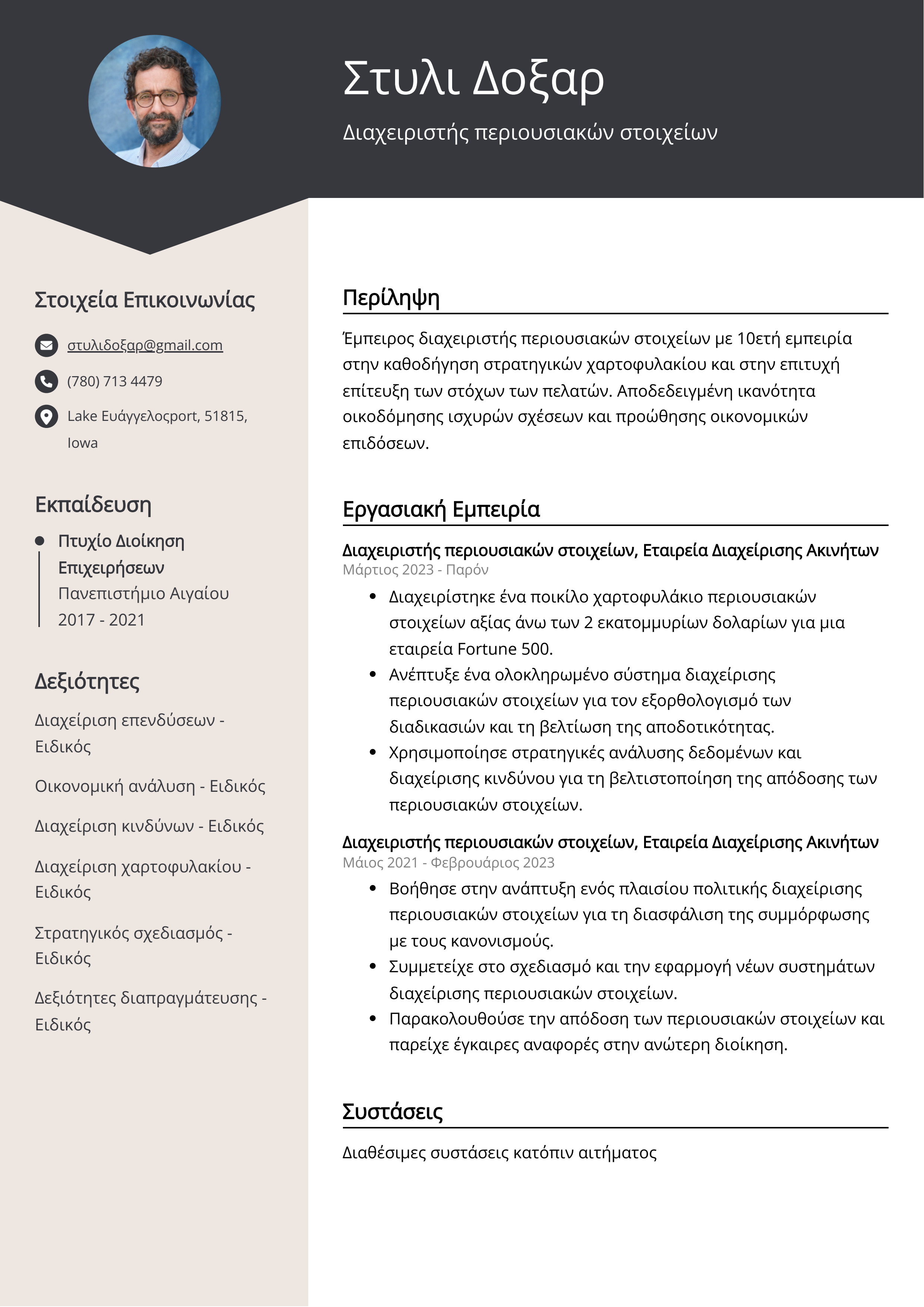Portfolio Allocation for a Secure Retirement
What is portfolio allocation and why is it crucial for your retirement planning? In a nutshell, it’s like deciding the right mix of ingredients for a cake, with stocks, bonds, and cash being the key elements. It’s not about picking one over the other, but finding the ideal balance that suits your risk tolerance and retirement goals.
Choosing the Right Asset Allocation
Picture this: You’re walking into a grocery store to bake a cake, and you’re faced with a myriad of choices. Should you go for chocolate or vanilla batter? Use buttercream or whipped cream frosting? The same goes for your retirement portfolio. There’s no one-size-fits-all approach, and the optimal allocation depends on several factors, such as:
- Your age and retirement timeline: The closer you are to retirement, the more conservative you’ll want to be, with a higher allocation to bonds and cash. If you have a longer horizon, you can afford to take on more risk and allocate more to stocks.
- Your risk tolerance: How comfortable are you with the possibility of losing money in the short term? If you’re a risk-averse investor, you’ll lean towards a more conservative allocation.
- Your investment goals: What are you trying to achieve with your retirement savings? Are you aiming for a consistent income stream or capital growth?
To determine the right asset allocation for you, consider consulting with a financial advisor. They can help you navigate the complexities of retirement planning and create a tailored portfolio that meets your specific needs.
Portfolio Allocation for Retirement: A Guide to Diversifying Your Investments
Planning for retirement involves making wise financial decisions, one of which is allocating your investments. A well-structured portfolio can help you reach your retirement goals while managing risk. Let’s delve into the intricacies of portfolio allocation for retirement.
Diversification: The Cornerstone of Risk Management
The golden rule of investing is diversification: don’t put all your eggs in one basket. By spreading your investments across a range of asset classes, you can reduce the impact of any single investment performing poorly. Think of it like a financial puzzle where you strategically combine pieces to create a cohesive picture.
A diversified portfolio typically includes a mix of stocks, bonds, and alternative investments like real estate or commodities. Stocks offer the potential for higher returns but also carry more risk, while bonds provide stability and income. The allocation between these assets depends on your individual circumstances, risk tolerance, and time horizon.
Why Diversification Matters
Imagine a scenario where 80% of your portfolio is invested in technology stocks. If the tech sector takes a downturn, your retirement savings could suffer a significant blow. However, if you had diversified your portfolio, the impact of the tech sector’s decline would be mitigated by the other assets in your portfolio.
By spreading your risk, you increase the likelihood of achieving your retirement goals, even in volatile market conditions. It’s like having a fleet of ships instead of just one; if one ship encounters a storm, the others can still sail on.
Portfolio Allocation for Retirement: A Comprehensive Guide
As you near retirement, making smart decisions about your portfolio becomes paramount. One key aspect is determining the ideal asset allocation for your unique needs. This involves striking a balance between risk and return, ensuring your investments align with your financial goals and risk tolerance.
Rebalancing
As you approach retirement, rebalancing your portfolio becomes increasingly important. It involves periodically adjusting the weightings of different asset classes to maintain your desired risk level. As your retirement date nears, you’ll typically shift towards more conservative investments, reducing the proportion of higher-risk assets like stocks.
Rebalancing helps mitigate risk by preventing any single asset class from becoming overly concentrated in your portfolio. It’s like diversifying your investments throughout the journey, ensuring that one bad turn doesn’t jeopardize your entire financial plan. The optimal rebalancing frequency depends on several factors, including your risk tolerance and investment horizon. A good rule of thumb is to rebalance at least annually, or sooner if significant market fluctuations occur.
Rebalancing is like a financial tune-up, ensuring your investments stay on track and aligned with your goals. It’s like servicing your car; while regular maintenance may seem tedious, it prevents major breakdowns down the road. The same holds true for your retirement portfolio – rebalancing helps protect your investments and ensures a smooth transition into your retirement years.

No responses yet